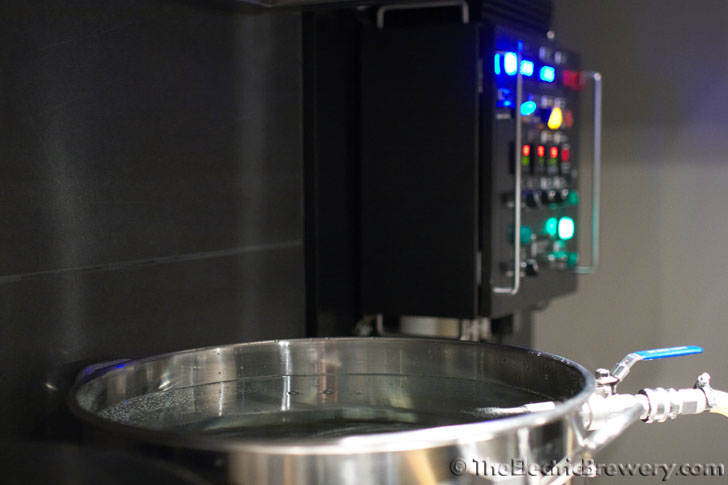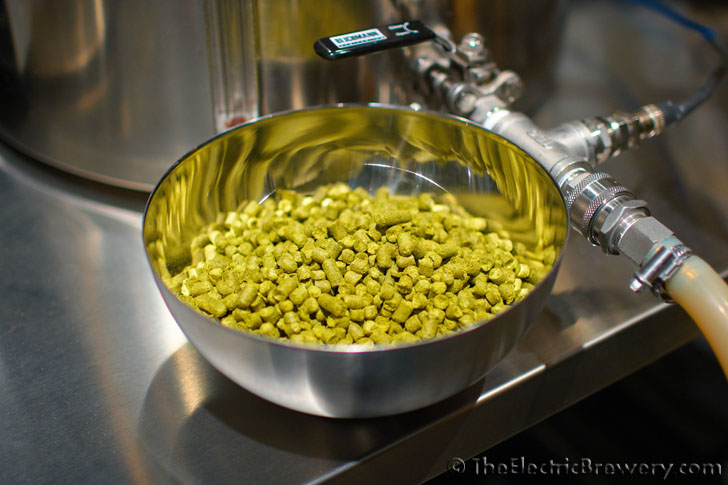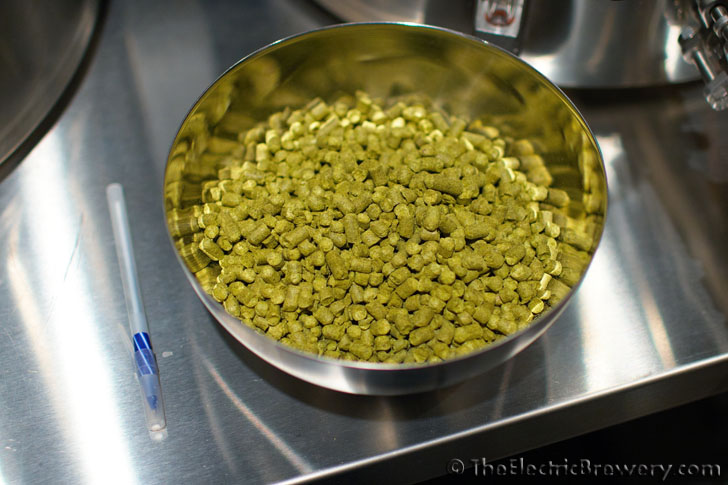MagicSmoker
Well-Known Member
First off, this is an excellent thread! Thanks to all who have contributed! I intend to try this on my next batch, which will be a CDA/ABA/Black IPA using a single hop (Nelson Sauvin) for flavor/aroma, and Magnum for bittering.
There's a lot of back and forth going on in this thread, though, so I'd like to clarify the general procedure:
1. Add the normal amount of bittering hops for the usual 60 minutes of boil time.
2. Skip the 20/10/5/etc. hop additions completely.
3. After flameout, chill wort down to 180F then add 0.5 oz to 1 oz per gallon of hops for flavor/aroma and steep for 30-45 minutes.
4. Resume rapid cooling of wort down to pitching temp and pitch yeast.
5. Optional: dry-hop with 0.5 oz to 1 oz per gallon for 3-7 days after fermentation completes.
Nelson Sauvin is $3/oz at my LHBS... so, that's nearly $100 worth of hops... Adding this much hops at flameout seems a bit wasteful, given that isomerization of alpha acids effectively ceases around 180-175F and that the flavor/aroma components of the hops effectively boil off above this temperature range. So you get much less utilization of the alpha acids and boil off much of the flavor/aroma compounds to boot. Sounds like a lose-lose to me, or am I missing something?
There's a lot of back and forth going on in this thread, though, so I'd like to clarify the general procedure:
1. Add the normal amount of bittering hops for the usual 60 minutes of boil time.
2. Skip the 20/10/5/etc. hop additions completely.
3. After flameout, chill wort down to 180F then add 0.5 oz to 1 oz per gallon of hops for flavor/aroma and steep for 30-45 minutes.
4. Resume rapid cooling of wort down to pitching temp and pitch yeast.
5. Optional: dry-hop with 0.5 oz to 1 oz per gallon for 3-7 days after fermentation completes.
Kal, there was a Basic Brewing podcast where a guy did a similar experiment. He added ~2 lbs of Nelson Sauvin hops to a ~5 gallon batch all at the end of the boil with no other additions. The beer ended up testing at 80 IBU. He called it "Full Nelson". It sounded delicious! You might search for that episode before you try it.
Nelson Sauvin is $3/oz at my LHBS... so, that's nearly $100 worth of hops... Adding this much hops at flameout seems a bit wasteful, given that isomerization of alpha acids effectively ceases around 180-175F and that the flavor/aroma components of the hops effectively boil off above this temperature range. So you get much less utilization of the alpha acids and boil off much of the flavor/aroma compounds to boot. Sounds like a lose-lose to me, or am I missing something?



































![Craft A Brew - Safale S-04 Dry Yeast - Fermentis - English Ale Dry Yeast - For English and American Ales and Hard Apple Ciders - Ingredients for Home Brewing - Beer Making Supplies - [1 Pack]](https://m.media-amazon.com/images/I/41fVGNh6JfL._SL500_.jpg)

























